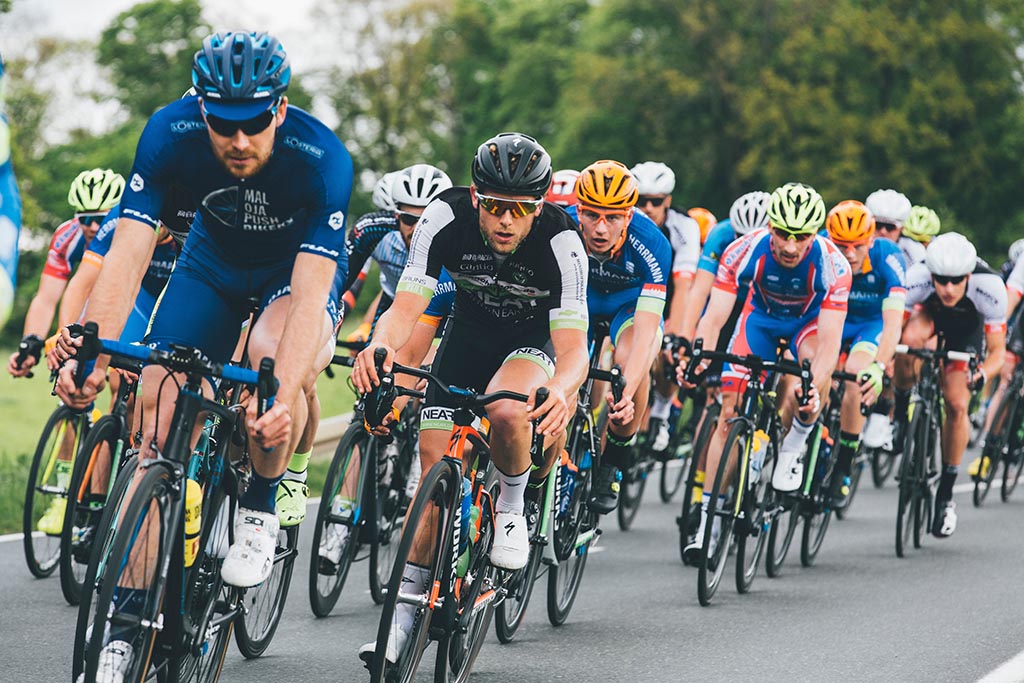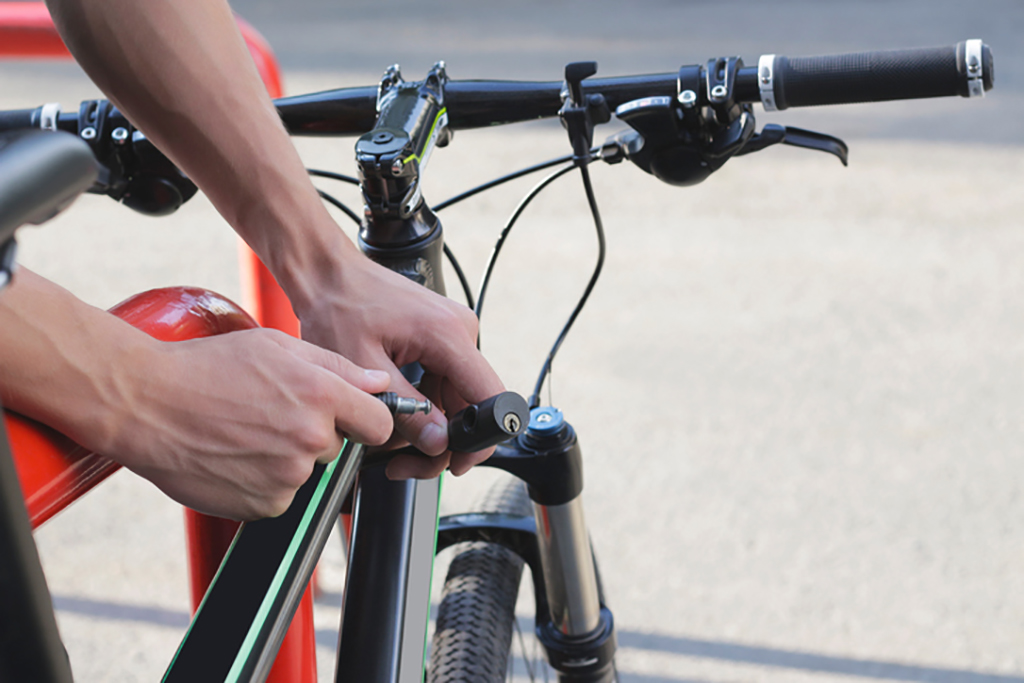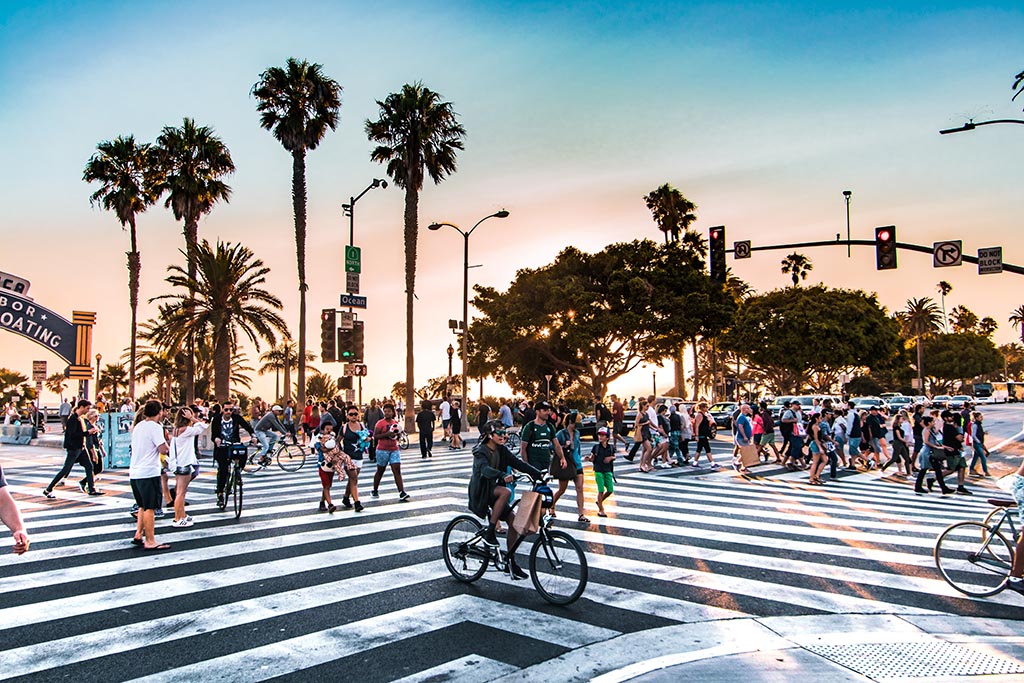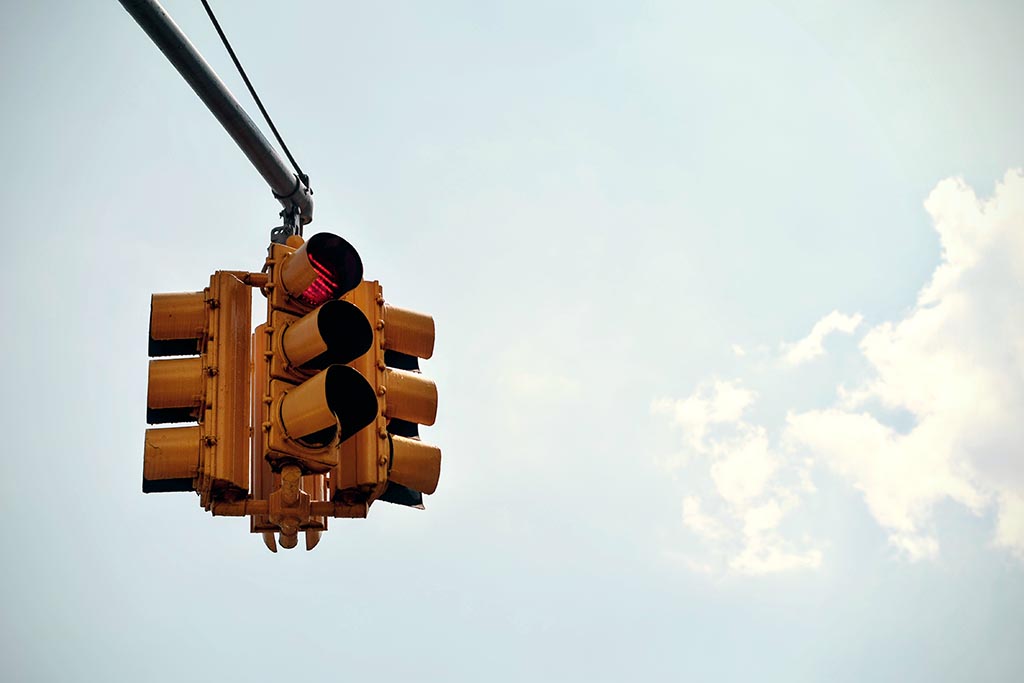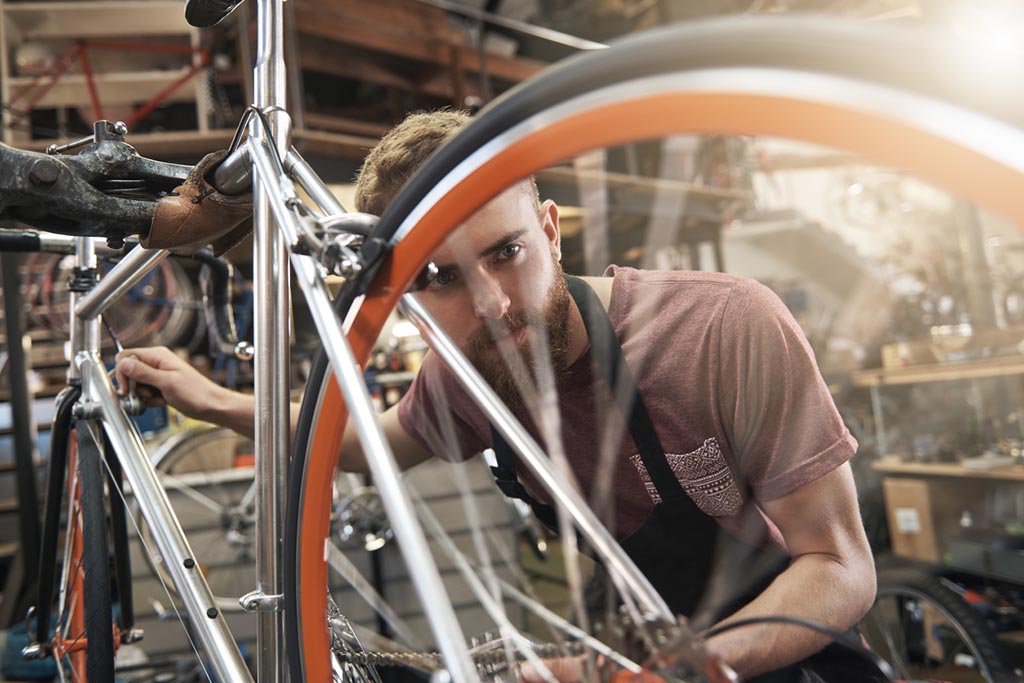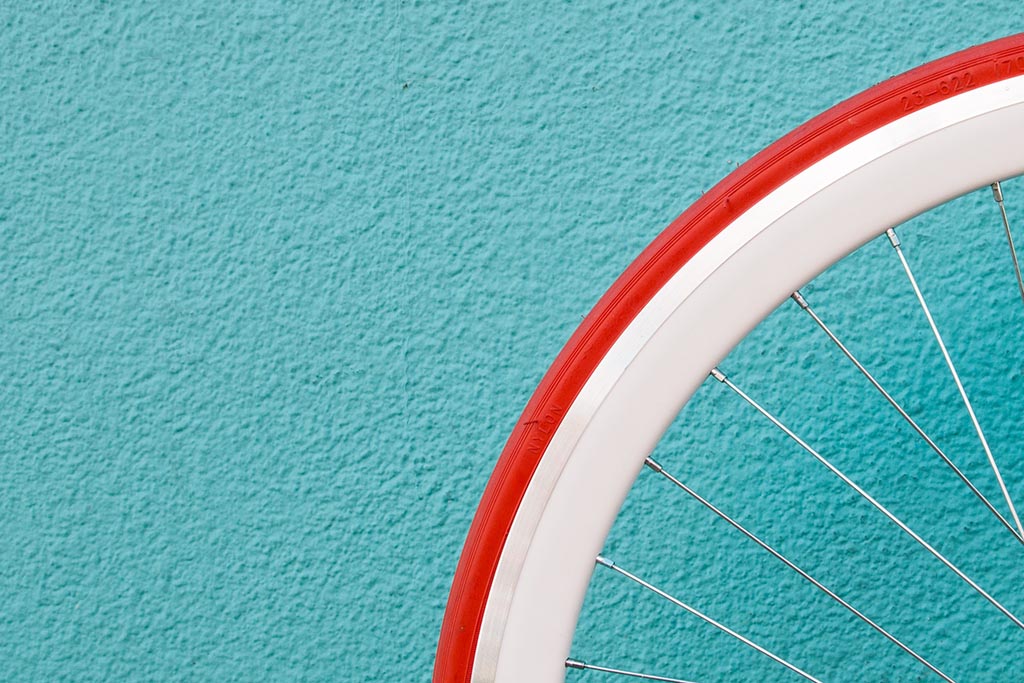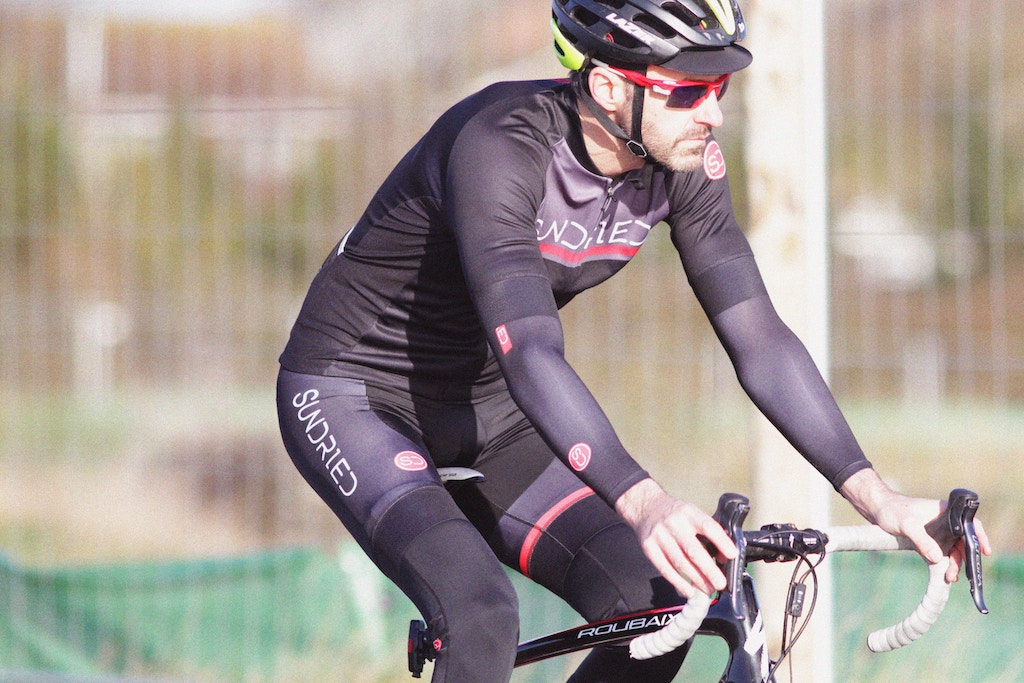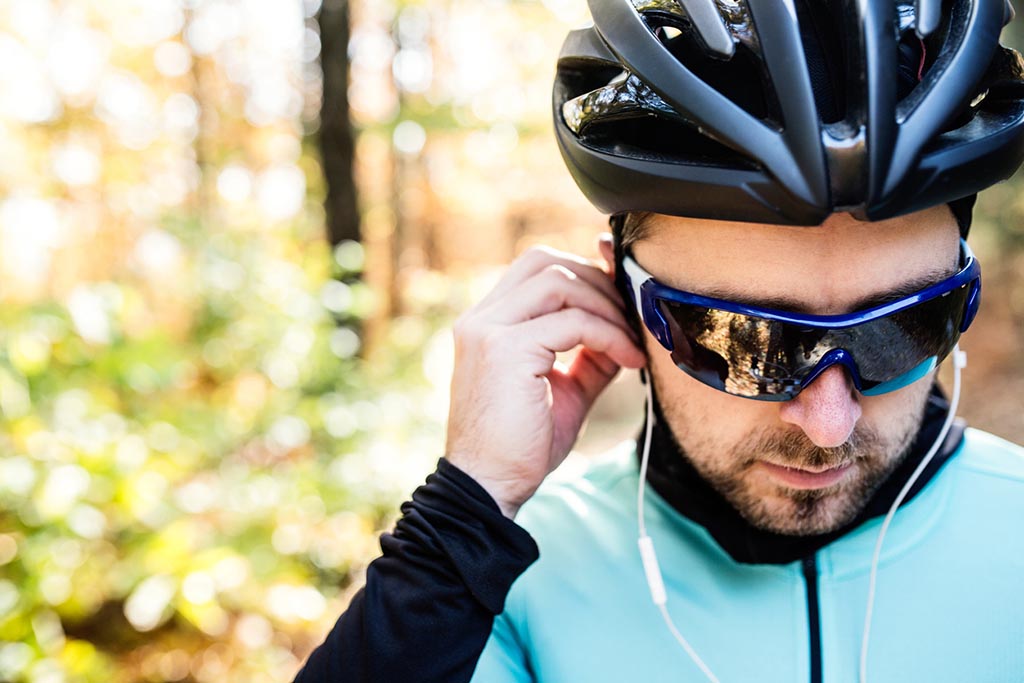As your most important piece of safety equipment, it is crucial you maintain your bicycle helmet so that you can have your head protected on every ride you take. However, while it seems pretty sturdy, a helmet doesn’t last a lifetime. It needs to be replaced, and too few cyclists realize that. So when should you replace your bicycle helmet?
Have You Been in a Crash?
Some damage to a helmet is pretty obvious. If you can see cracks or splinters, then that is a pretty obvious sign that you need to replace it. However, not all damage is obvious. If you have been in a crash where you fell on your helmet, then the integrity of it could very well be compromised. In the next crash, your head may not be protected quite as well.
What’s the Shelf Life?
Believe it or not, most manufacturers put a shelf life on their helmets. Typically it is recommended to replace them every 3 to 5 years. This might be a ploy to sell more helmets, but typically age can affect the integrity of the materials. That being said, helmets are made with safer and safer materials each year as well.
Does Your Helmet Fit Properly?
This is more typical of children, but it can happen with adults too. Sometimes you just outgrow your helmet or you find that it doesn’t fit as well as it should. If your helmet doesn’t fit properly, it is definitely time to replace it since it clearly won’t do its intended job.
Bicycle helmets protect you, but not all of you. If you have been in a cycling accident and want to make sure your injuries are covered, contact us today.

